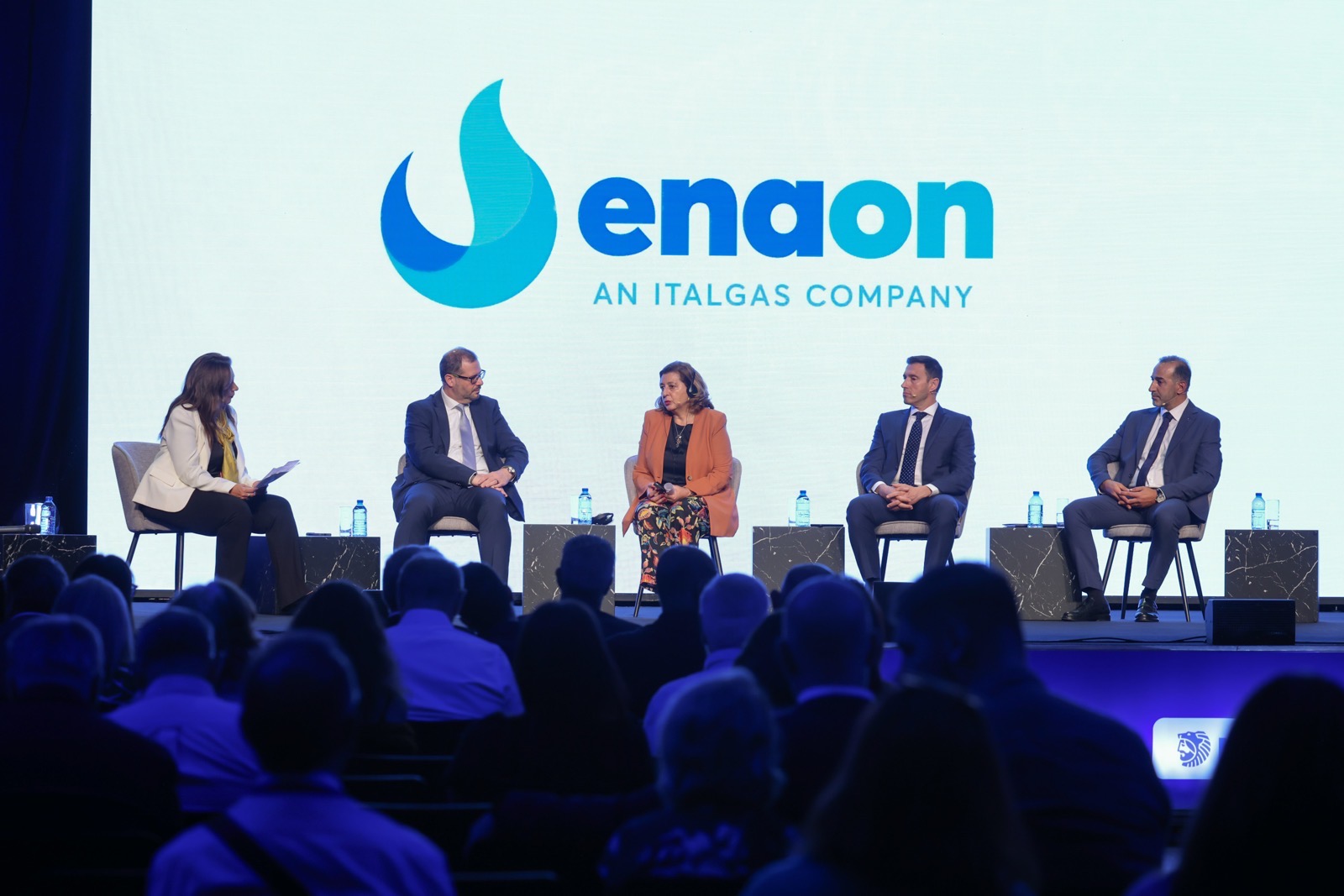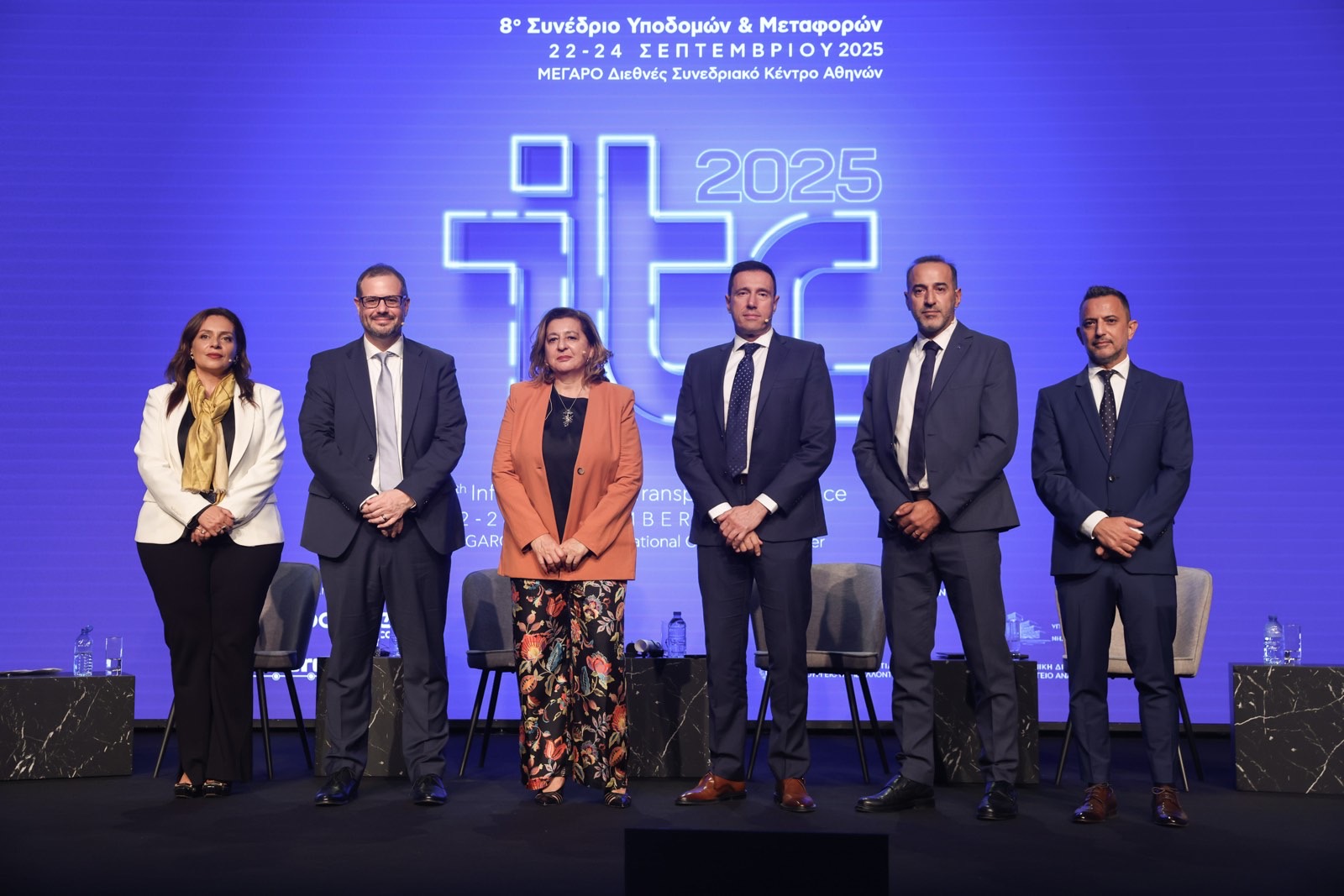Small-scale LNG infrastructures, network expansion and digitalization are at the “core” of Enaon’s strategy
The role of biomethane in Greece’s energy transition was highlighted by the CEO of Enaon Officer, Ms. Barbara Morgante, during her participation yesterday at the 8th Infrastructure & Transport Conference (ITC 2025), co-organized by ypodomes.com and metaforespress.gr at Megaron the Athens Concert Hall.
Ms. Morgante spoke in the session “Natural Gas Infrastructure: Greece as a crossroad for Europe and penetration into the Greek market”.
“The network we manage is a key asset for the country. Today, it is supplied with natural gas, it is already ready to receive biomethane, and in the future it will also be able to accommodate hydrogen,” noted the CEO of Enaon, adding: “We expect soon the completion of the regulatory framework, which will include quality standards, certifications, as well as financing support mechanisms for the development of the biomethane market in Greece. The target of 2.1 TWh biomethane production in Greece by 2030 is challenging, as we have five years ahead of us, and it requires both the upgrade of existing biogas plants into biomethane units and the development of new facilities,” she emphasized.
The CEO of Enaon stressed that “biomethane is not only a green solution but also the basis of the circular economy, as it provides answers to critical issues such as waste management.” She also underlined, addressing to the Deputy Minister of Environment & Energy, responsible for energy issues, Mr. Nikos Tsafos, who participated as a speaker in the same panel, that the rapid legislative developments of recent months create positive prospects for the next steps in the development of the biomethane market in Greece.
Currently, Enaon manages, through its subsidiary Enaon EDA, 8,700 km of network across 115 municipalities throughout Greece, while consistently investing in network expansion, bringing natural gas to new areas of the country such as Patras, Agrinio, Pyrgos, Arta, Ioannina, Preveza, Veria, and Karpenisi. In addition, it is developing small-scale LNG infrastructures, following the model of its parent company Italgas in Sardinia, to supply areas which are far from the National Natural Gas Transmission System.
The company’s strategy is not limited to the development of new infrastructure. It extends to digital transformation and upgrade of the existing network, so that it is ready to receive renewable gases, laying the foundations for the country’s transition to a sustainable energy future.

